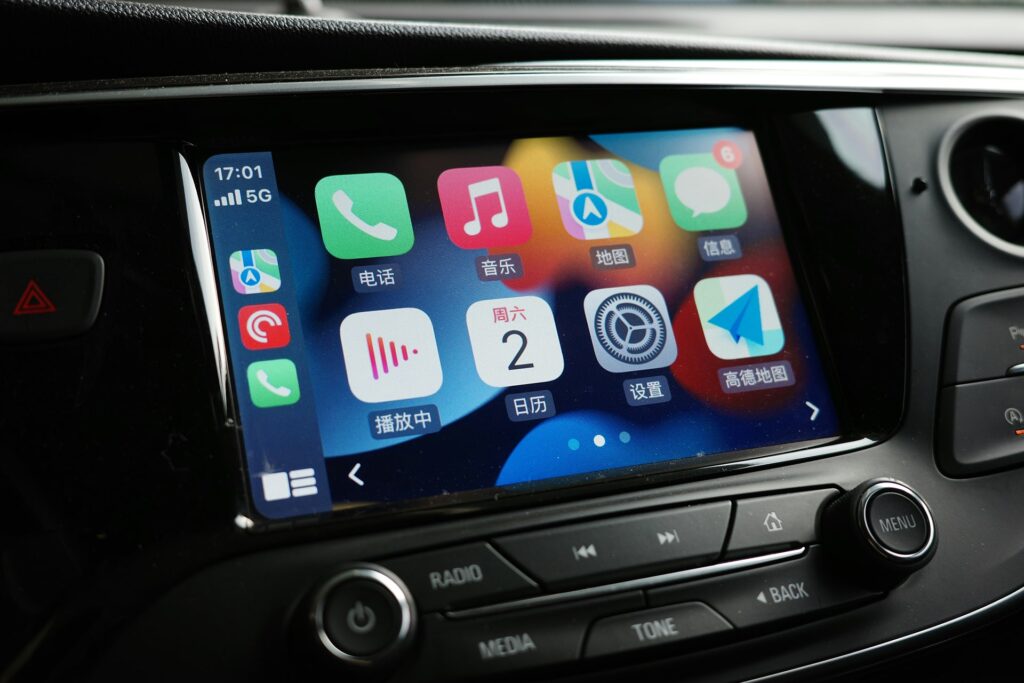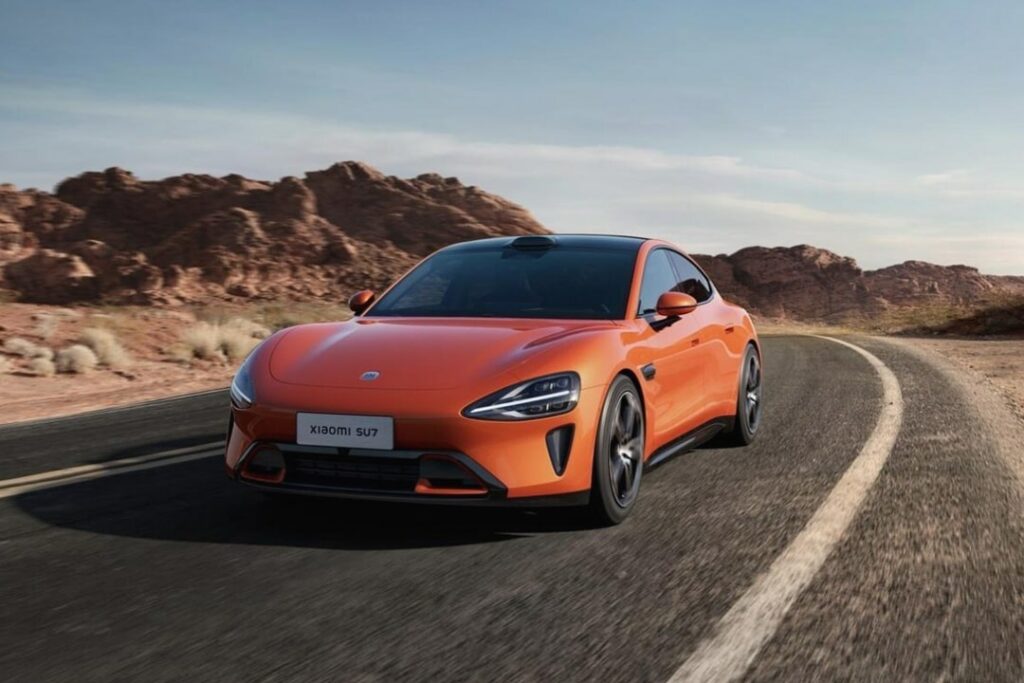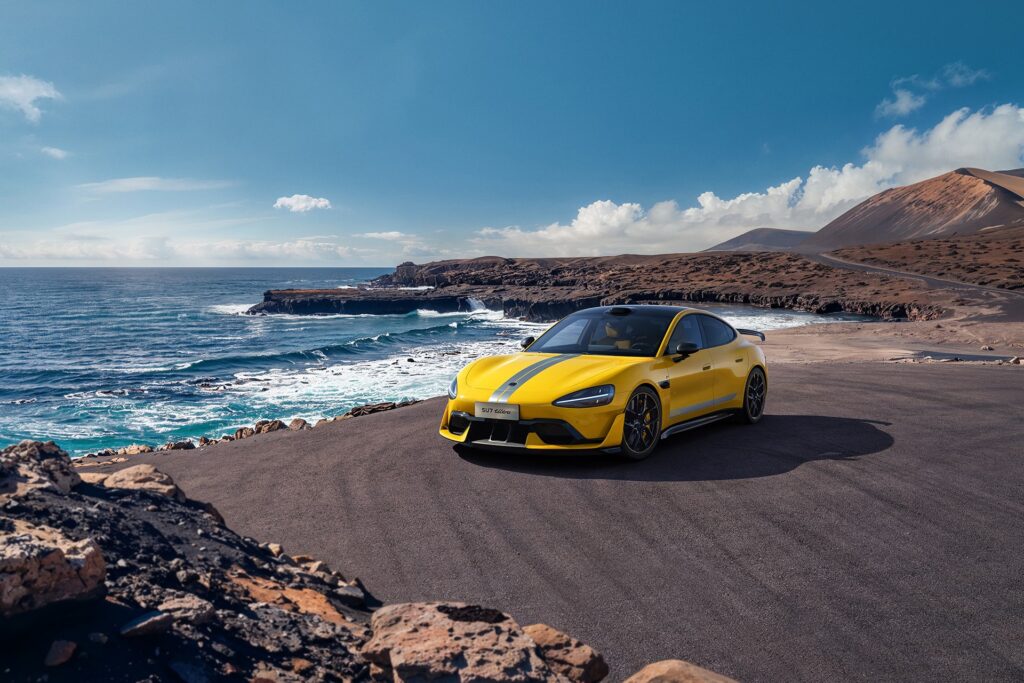Xiaomi’s EV strategy drives forward with Apple integration in focus

By embracing CarPlay and enhancing its HyperOS system, Xiaomi aims to attract Apple users and strengthen its position in the EV market.
Xiaomi’s entry into the electric vehicle market is gaining speed, and its strategy for global expansion might hinge on one key integration: Apple’s ecosystem. By ensuring compatibility with Apple’s CarPlay platform, Xiaomi is positioning its vehicles as ideal for a significant segment of international buyers. The company’s move reflects an understanding of the global EV market’s appetite for seamless smartphone-to-car integration—a demand reinforced by a September 2023 report from Straits Research showing that nearly 80% of new car buyers consider platforms like CarPlay a prerequisite.
In the domestic market, however, the dynamics are different. China’s automotive industry leans heavily on local alternatives like Baidu CarLife, in part due to concerns over data security with foreign systems. Despite this, Apple users make up a significant portion of Xiaomi’s customer base for the SU7 sedan, revealing a two-pronged approach: catering to Apple users both at home and abroad, while building out its proprietary HyperOS to attract other users.

Globally, platforms like CarPlay and Android Auto have shifted from being optional features to critical necessities for many buyers. Citing a McKinsey study, Carscoops reported that 30% of potential EV buyers and 35% of buyers considering fuel-based vehicles would dismiss a car without these systems. This highlights the importance of smartphone integration—something Xiaomi is banking on to position the SU7 beyond its domestic market.
Currently available only in China, the SU7 is proving popular among Apple users. During the Auto China 2024 show, Xiaomi CEO Lei Jun revealed that over half of all domestic orders for the model were from iPhone users, despite Apple’s shrinking share in the Chinese smartphone market. The SU7 even includes thoughtful design touches, like a rear-seat extension mount for iPad integration, signaling Xiaomi’s intent to cater to Apple’s ecosystem.

For Xiaomi, the goal isn’t just immediate compatibility, but also about building a bridge between ecosystems. Lei highlighted this vision during the November launch of HyperOS 2.0, emphasizing cross-platform functionality, including improved file sharing between Xiaomi devices and Apple products. “The future of tech should be connected and collaborative,” Lei said in a post on X (formerly Twitter), pointing to the company’s broader ambition of fostering interoperability.
While Apple’s CarPlay has a dedicated following globally, it faces hurdles in China. Some Chinese automakers have avoided CarPlay, citing security concerns. Instead, they turn to alternatives like Baidu CarLife, which offers similar functionality while staying within the country’s regulatory comfort zone. Compounding the challenge for Apple, its market share in China has been eroded by local competitors like Huawei, whose recent resurgence has captured consumers’ attention.
Despite these challenges, Xiaomi’s choice to embrace Apple integration reflects a calculated risk aimed at long-term positioning. By appealing to Apple users in China and simultaneously courting international buyers, Xiaomi is threading the needle between domestic market idiosyncrasies and global consumer expectations.
For non-iOS users, Xiaomi is betting on its proprietary HyperOS ecosystem to drive adoption. The latest version of the software, released in November, powers the SU7’s smart cabin features, including HyperConnect, which links the car with other Xiaomi products. Xiaomi said HyperOS is designed to provide a seamless experience for its phone users while maintaining compatibility with Apple devices—a balancing act that aims to broaden the brand’s appeal.
This approach could prove vital as Apple’s influence wanes in China. By offering robust integration for both Apple and Xiaomi ecosystems, the company seeks to future-proof its vehicles against changing consumer preferences.
Since its launch in March, Xiaomi has rapidly ramped up SU7 production, hitting key milestones that hint at its broader ambitions. In October alone, the company delivered over 20,000 vehicles, contributing to a cumulative delivery target of 100,000 units reached within just 230 days. Financially, the EV segment generated RMB 9.7 billion (USD 1.4 billion) in Q3 2024, with gross profit margins rising to 17.1% from 15.4% in the previous quarter.
Riding this momentum, Xiaomi recently unveiled the SU7 Ultra, a premium variant designed to penetrate the luxury market. International expansion appears to be on the horizon, with CarPlay integration poised to be a selling point for global buyers.

Xiaomi isn’t stopping at smartphone integration. The company is doubling down on autonomous driving, with plans to roll out its full-scenario “Hyper Autonomous Driving” (HAD) solution by year-end. This represents an upgrade from the current navigate-on-autopilot (NOA) system, which is focused on urban environments.
With a clear roadmap for innovation and a strategy that bridges ecosystems, Xiaomi is making a bold play to establish itself as an EV heavyweight. Its efforts to integrate with Apple’s ecosystem are just one piece of the puzzle—but a crucial one as it aims to win over customers at home while paving the way for global expansion.
#XiaomiEV #CarPlayIntegration #HyperOS #ElectricVehicles #TechInnovation
- Art
- Causes
- Crafts
- Dance
- Drinks
- Film
- Fitness
- Food
- Games
- Gardening
- Health
- Home
- Literature
- Music
- Networking
- Other
- Party
- Religion
- Shopping
- Sports
- Theater
- Wellness


